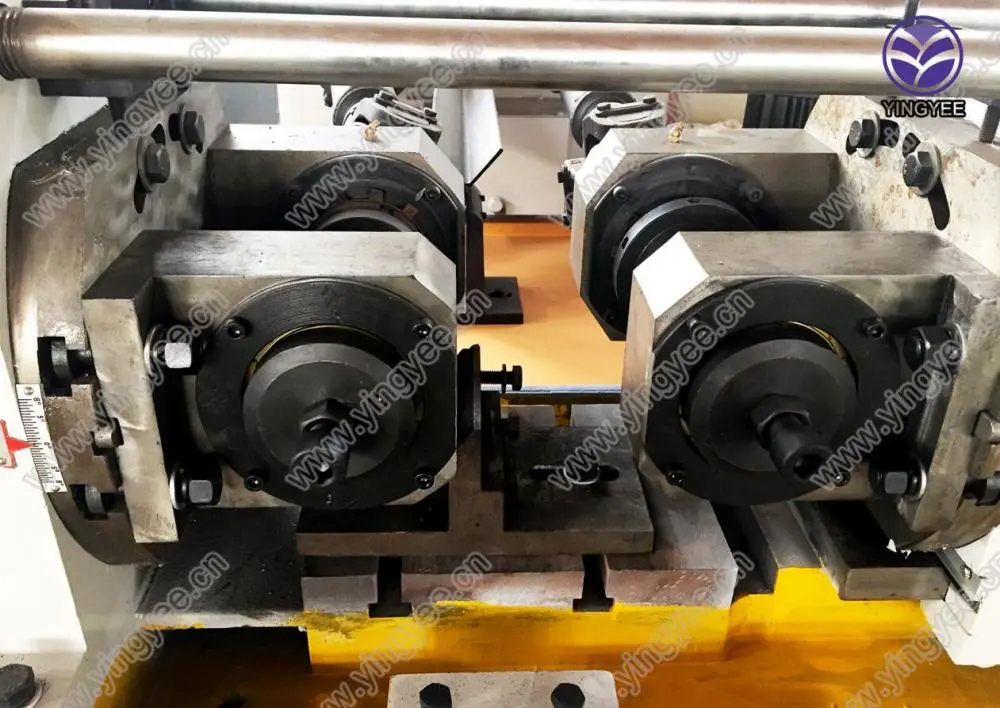
The Evolution of Roll Forming in Truck Chassis Manufacturing
In the world of automotive engineering, innovation is a constant driver of efficiency and performance. One of the most notable advancements in this realm is the roll forming process, particularly when it comes to the production of truck chassis. This technology not only streamlines manufacturing but also enhances the structural integrity and overall functionality of truck bodies.
The Evolution of Roll Forming in Truck Chassis Manufacturing
One of the critical advantages of roll forming is its ability to minimize waste. Traditional manufacturing processes often rely on cutting and welding to create structural components. However, roll forming produces components with minimal excess material, resulting in lower production costs and a smaller environmental footprint. Manufacturers can produce chassis components that are not only robust but also lightweight, enhancing fuel efficiency in trucks—an increasingly important factor as the industry moves toward greener solutions.

Moreover, the roll forming process allows for significant design flexibility. Engineers can easily alter the design of the chassis by adjusting the roll tooling without the need for extensive retooling or machinery changes. This adaptability is invaluable in an industry where customization is often required to meet specific regulatory standards or customer preferences. For instance, truck chassis can be tailored to accommodate various payloads and configurations, from flatbeds to box trucks, all while maintaining structural integrity.
The evolution of materials used in truck chassis manufacture also plays a significant role in roll forming. Advanced high-strength steels (AHSS) and lightweight alloys are now commonly used, providing enhanced strength-to-weight ratios that are essential for modern trucking applications. The utilization of these materials can significantly improve the performance and longevity of the truck chassis, reducing maintenance costs and increasing the reliability of the vehicles.
As the trucking industry continues to evolve, so too does the roll forming technology. Automation and advancements in computer-aided design (CAD) software have further streamlined the roll forming process. Manufacturers can simulate the production process, optimize designs, and program machinery with precision, leading to heightened efficiency and reduced lead times. As a result, the modern truck chassis manufacturing landscape is becoming more agile and responsive to market demands.
In conclusion, roll forming has revolutionized the way truck chassis are manufactured. Its ability to produce strong, lightweight components with minimal waste, combined with design flexibility and the introduction of advanced materials, positions this technique as a cornerstone of modern truck production. As the industry continues to innovate and pursue sustainability, roll forming will undeniably play a pivotal role in shaping the future of automotive manufacturing. The continued investment in this technology promises not only enhanced performance for end users but also a significant step toward a more sustainable and efficient automotive industry.